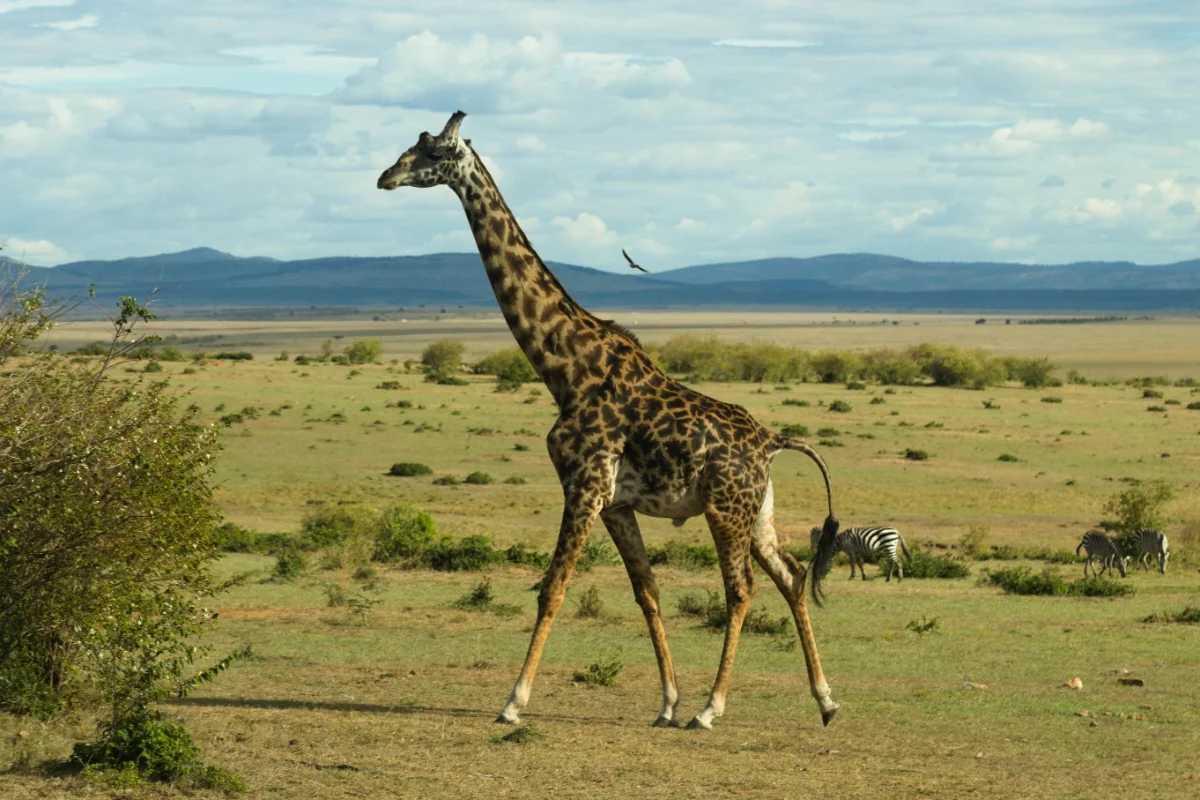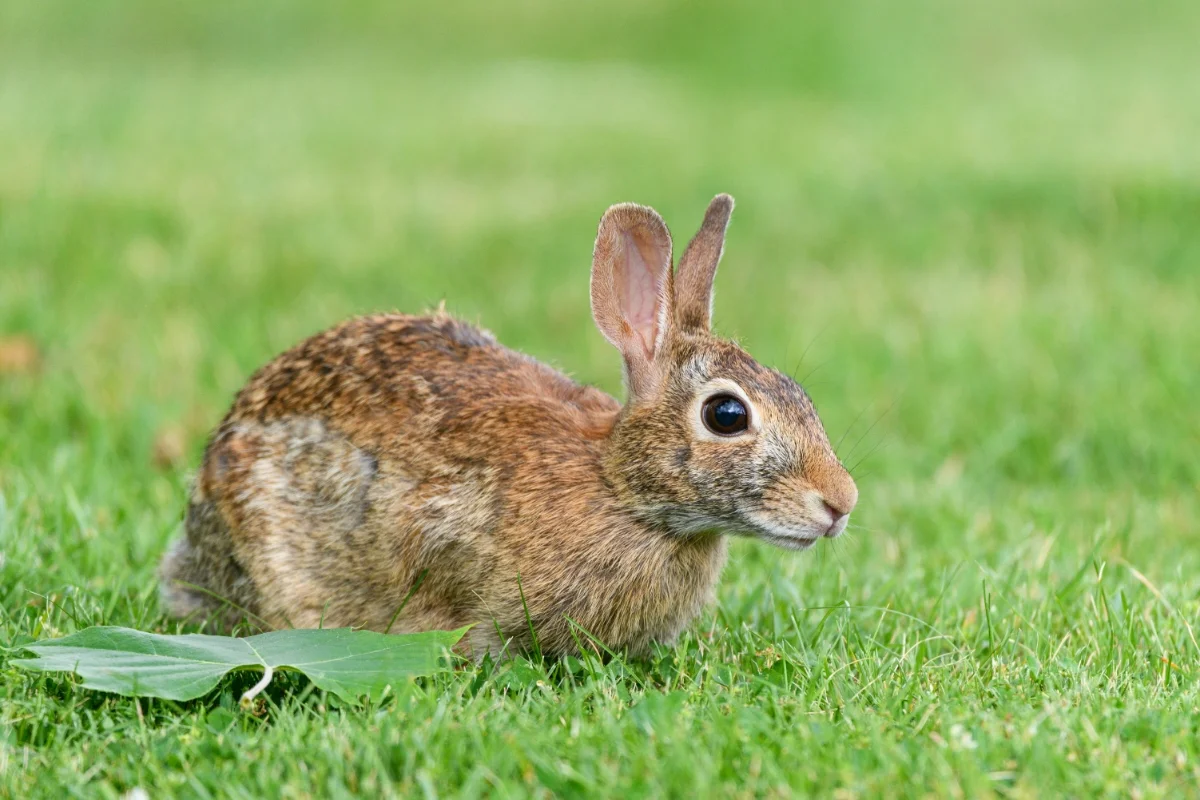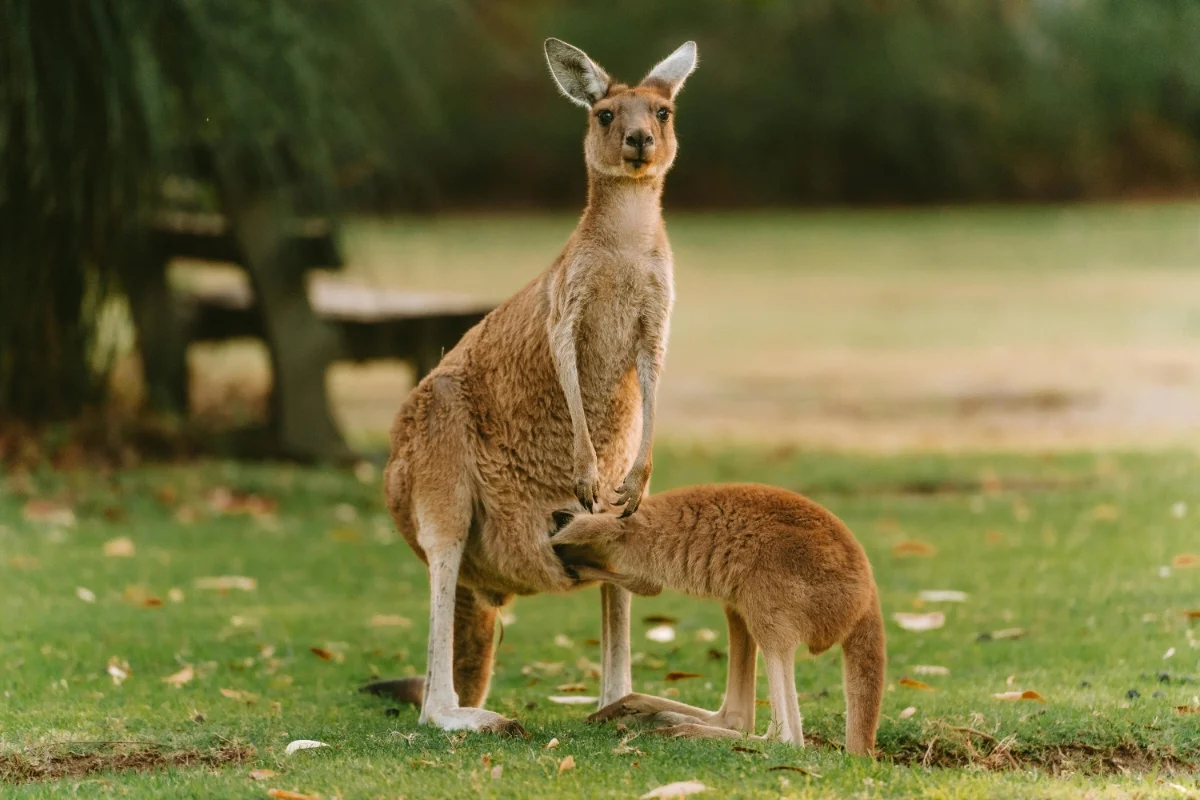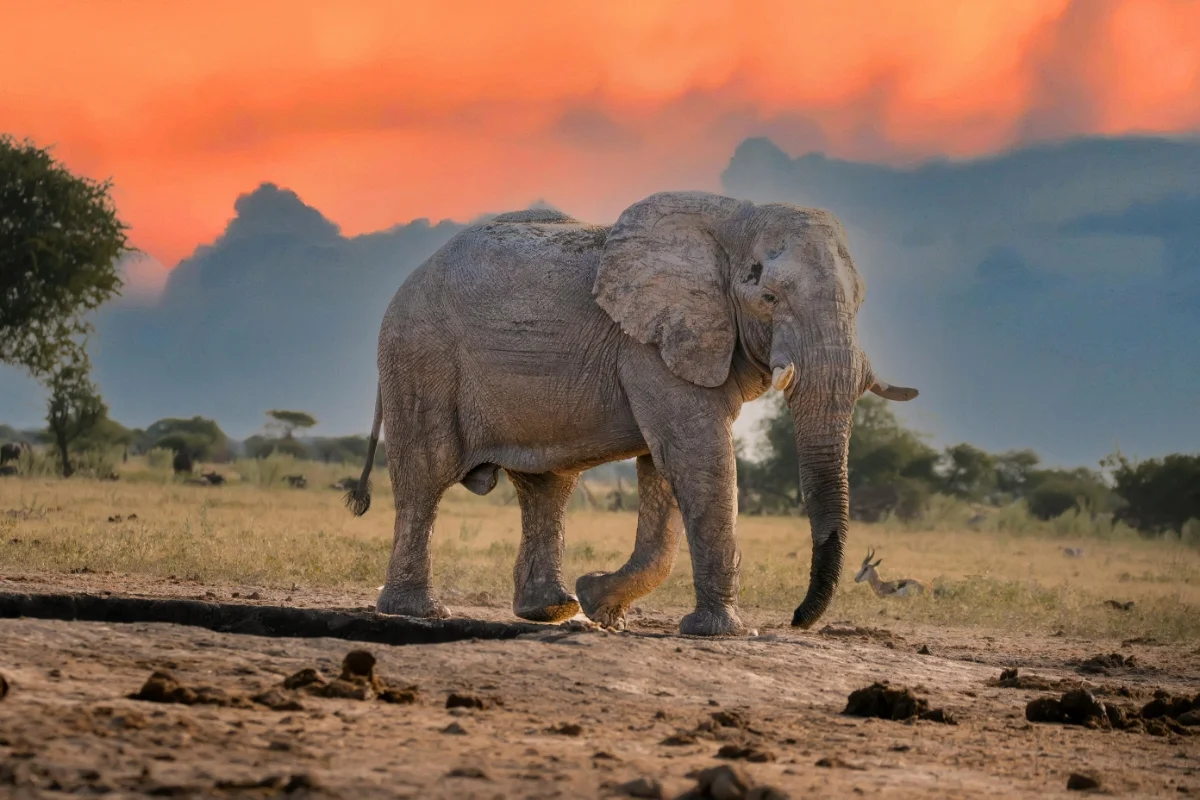Buffalo
Buffalo, also known as bison, are large, powerful herbivores found in grasslands, savannas, and wetlands across different continents. Known for their strength and social behavior, they live in herds for protection. These animals play a crucial role in ecosystems by grazing, helping maintain the balance of plant life.
Buffalo Information
| Height: | 5–6.2 ft |
| Length: | 6.6–11 ft |
| Weight: | 300 to 1,000 kg |
| Top Speed: | 35 mph |
| Food: | Grass, plants |
| Color: | Brown, black |
| Location: | Africa, Asia |
| Predators: | Lions, crocs, hyenas |
| Lifespan: | 15–30 years |
| Habitat: | Grasslands, swamps |
| Gestation: | 9–11 months |
Description
The buffalo, also known as the bison, is a robust, herbivorous mammal with a hunched back, muscular build, and thick brown fur. It has curved horns, a large head, and a tuft of beard-like hair under its chin. This animal is found in grasslands, roams in herds, grazes on grasses, and thrives in open fields.

Habitat
Buffalo, live in open grasslands, plains, and savannas where there’s plenty of grass to eat and water to drink. They can also be found in woodlands and near rivers. These wide, open spaces allow them to roam freely in herds, which is key to their way of life.
Distribution
Buffalo, are found in different parts of the world. American bison live in North America, mainly in protected areas and plains. African buffalo roam across sub-Saharan Africa’s savannas and forests. In Asia, water buffalo are common in wetlands and rice fields, especially in India and Southeast Asia.
Diet
Buffaloes are herbivores that primarily eat grass. When grass is scarce, they also eat shrubs, leaves, and herbs. In wet areas, such as the marshes where buffalo live, they enjoy aquatic plants. Their diet helps maintain the grassland ecosystem by promoting plant growth and diversity.
Behavior
Buffalo are social animals that live in herds for protection and companionship. They communicate through grunts, snorts, and body language. They are calm when grazing, but can become aggressive if threatened. They migrate in search of food and water, playing an important role in maintaining a healthy ecosystem.

Reproduction
Buffaloes mate, especially in the summer. Males compete for females, displaying strength and size. After mating, females carry their calves for 9-11 months. Calves are born in the spring and are able to stand and walk immediately after birth.
These magnificent animals are vital to their ecosystems, playing a key role in maintaining the balance of plant life. Their strength, social behavior, and ability to adapt to diverse habitats make them an essential part of nature.
Buffalo Scientific Classification
| Kingdom: | Animalia |
| Phylum: | Chordata |
| Class: | Mammalia |
| Order: | Artiodactyla |
| Family: | Bovidae |
| Genus: | Bubalus or Syncerus |
Animals for You
References
1. Buffalo Wikipedia Article – https://en.wikipedia.org/wiki/Buffalo







